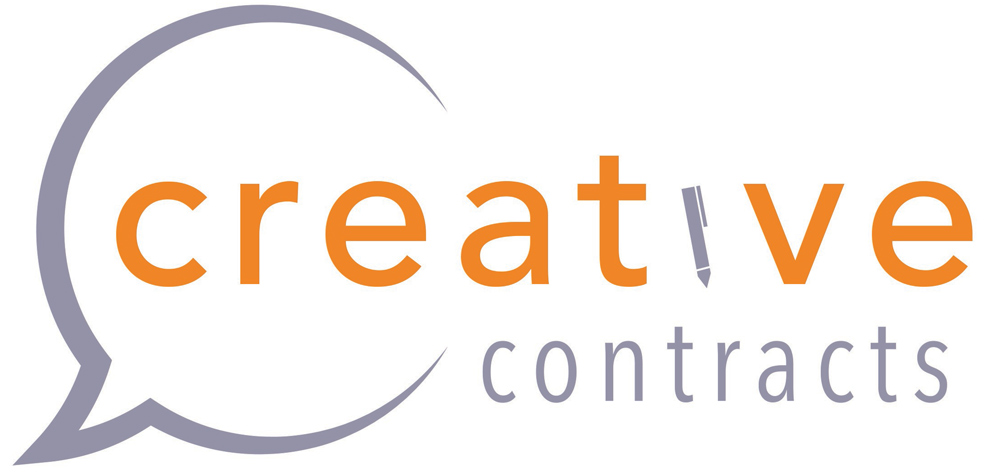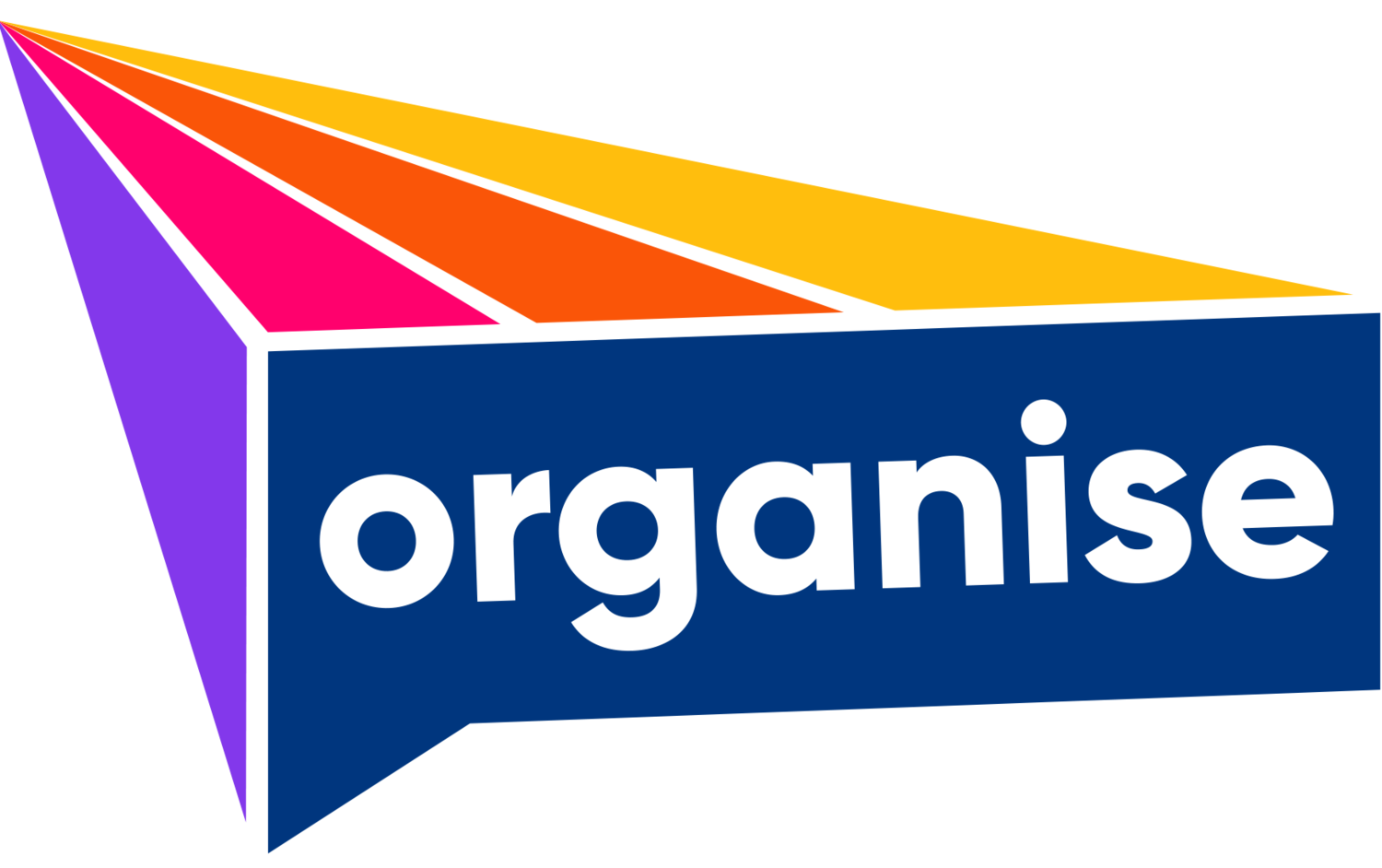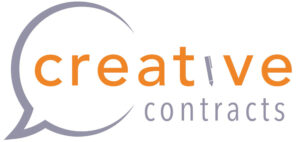Employment Justice
Problems at work can occur at any time. Loss of job, discrimination on the workfloor and non-payment of wages are examples of employment problems that people experience regularly.
This page shows data on employment problems: their impact, examples of outcomes that people get, the kind of help people look for, and more. The page also presents recommendations, based on knowledge on what works, that can solve employment problems. Common bottlenecks that people encounter when dealing with employment disputes and promising innovations can also be found on this page.











